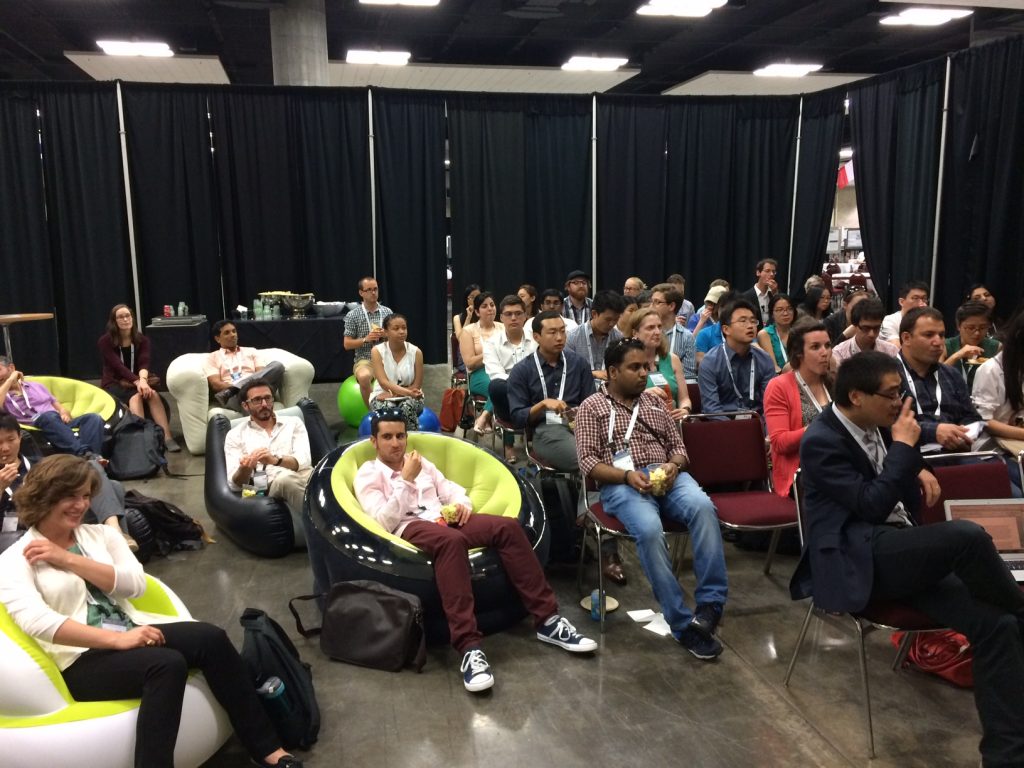Firstly, can you tell us briefly what the secret sessions were?
Phil: The secret sessions were Karla Miller’s creation. It was a way to provide content that was trainee-driven and on-demand. The sessions were held in the Resonarium, an informal breakout space in the corner of the exhibition hall. Some of the trainees brainstormed the topics for the sessions prior to the meeting and Slack served an effective platform for this purpose. During the meeting, the trainees were able to use the space for spontaneous presentations and meetings. The space was also cleverly designed by Anne-Marie from the ISMRM staff to have amenities like charging station, white boards and a water cooler.
The sessions were not widely advertised prior to the meeting, but instead relied upon word-of-mouth and a daily program on a blackboard outside the Resonarium. There was also a secret program available online, if you knew where to look.
Despite the limited advertising, there was a great turn out to the sessions with over 100 people in some of them. What was even more surprising was that the attendees were more than happy to stand around the room when we were out of chairs and seating space.
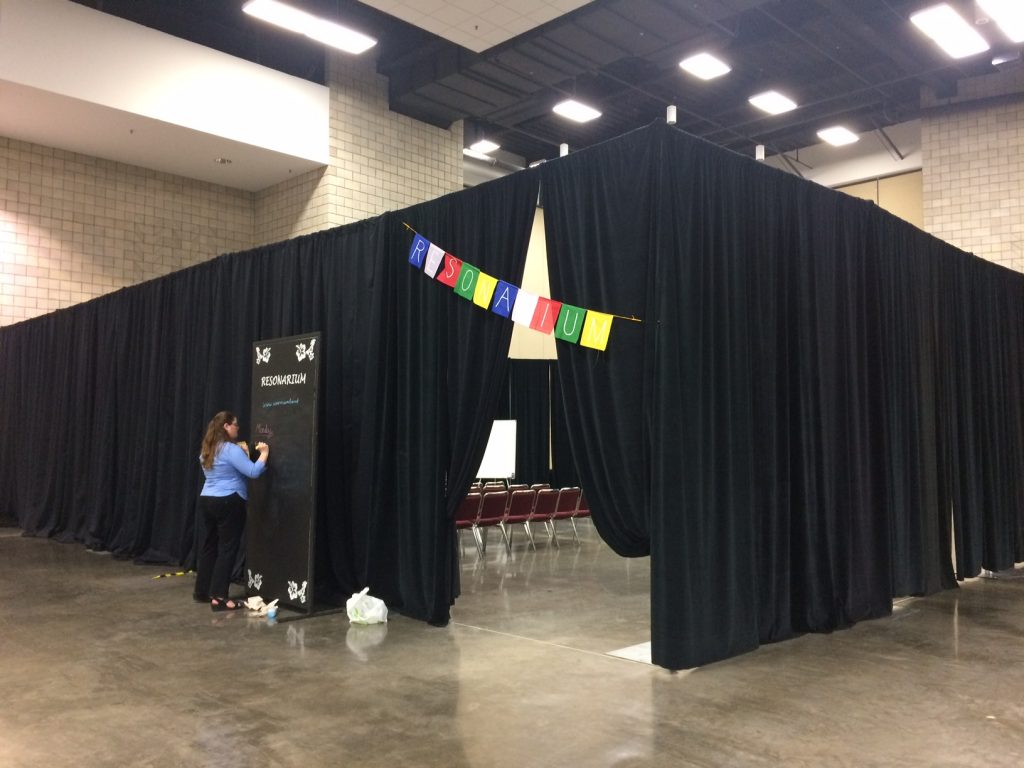
How did you first learn about the secret sessions?
Zahra: In Singapore, Phil and I created a trainee channel, which we used for virtual networking throughout the conference. We also used this channel to invite the trainees to join us for dinner. The meeting chair (Mark Griswold), who contributed immensely to the conversations, tracked us down on the last day of the conference to thank us for taking the initiative and introduced us to the next two meeting chairs (Scott Reeder and Karla Miller). Karla told us of an idea she had for a trainee breakout area. We thought it was a great idea and quickly volunteered our own ideas for the space and the format of the sessions.
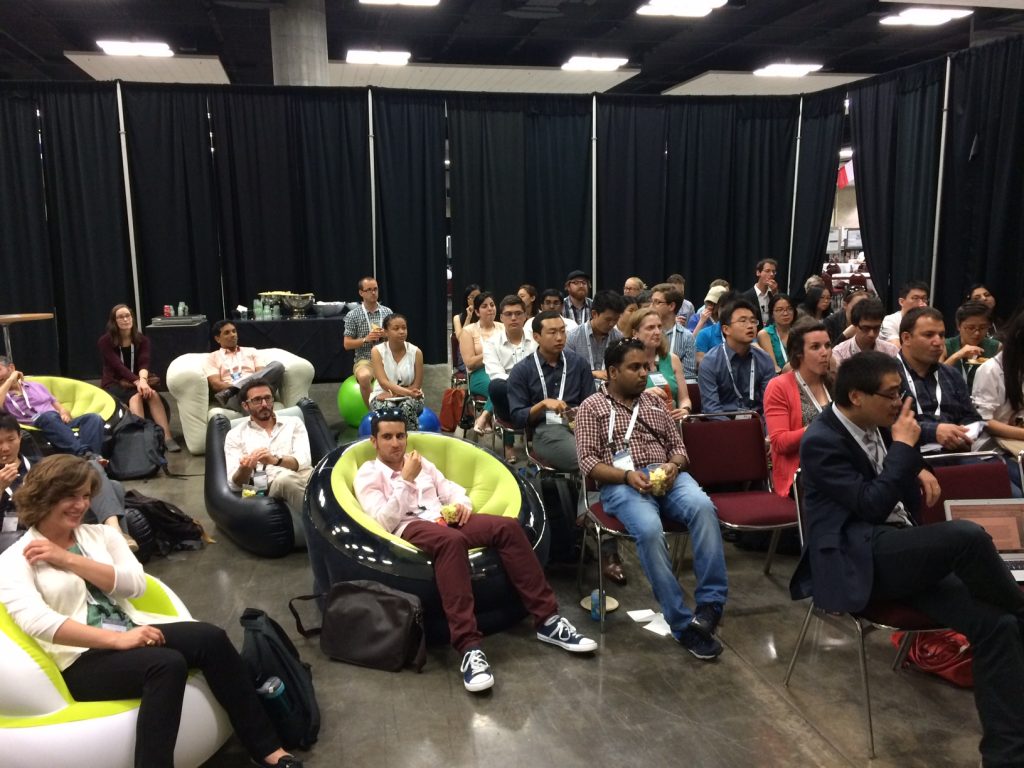
What was it like working with Karla and Scott, and how did they respond to your proposals?
Phil: Their energy and enthusiasm were great. They were keen to let trainees drive the initiative and shape how the sessions would play out. The support, particularly by Karla at the meeting, was empowering. Any idea we had, no matter how grand, was considered possible until proven otherwise.
What sessions were you personally involved with?
Zahra: I organized and chaired the Employer’s Panel with Chao Ma from Harvard. The panel included Mark Griswold, Heidi Johansen-Berg, and Scott Reeder from academia, and Gwen Herigault (Philips), Heide Harris (GE), Robert Krieg (Siemens) from industry. The idea behind this session was to address the many concerns and questions that the trainee members of ISMRM have, but don’t know how to address, about effective planning of a career path. The discussion was designed to cover the opportunities and the costs in career paths within academia and industry, and the panel succeeded immensely in doing just that. There were quite a few enthusiastic trainees who came up after the session to acknowledge the value of this session for them.
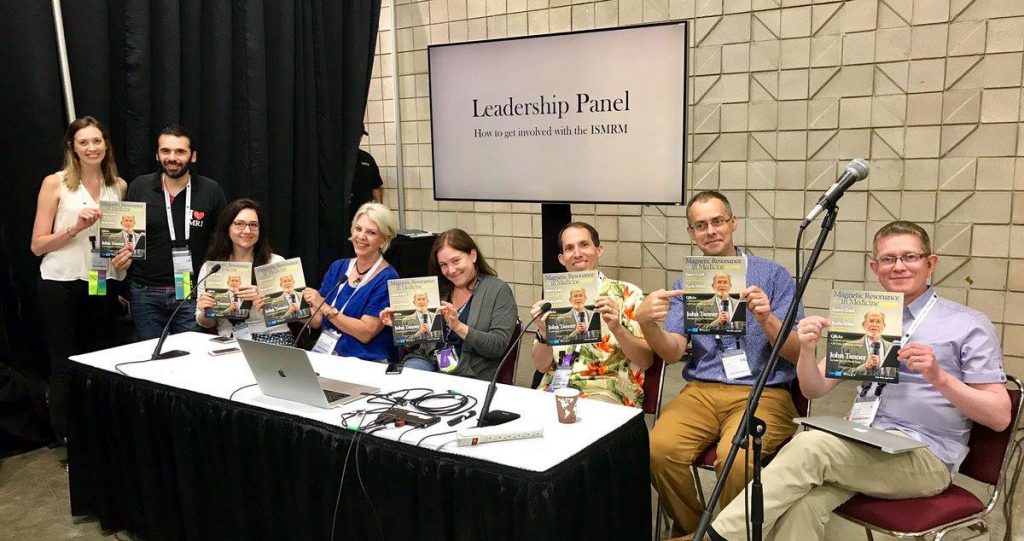
Phil: I organized and chaired a leadership panel that gave tips on how trainees can get involved with the society beyond scientific contributions. Mark Griswold, Derek Jones, Linda Knutsson, Karla Miller, Daniel Sodickson, Pia Sundgren and Nikola Stikov all took part giving us a great spread of clinical and basic science leaders. The key message from the panel members, as they told their stories of becoming involved with the society, was to always say ‘yes’ and take on the challenging opportunities when they come.
I also helped organize the “Hindsight is 20/20” session with Olivia Viessmann and Diego Hernando which focused on the projects and stories behind some of the big achievements in MR. Once again we had a really diverse panel (Fernando Calamante, Clarissa Cooley, Peter Jezzard, Kevin Koch), from different fields, demographics and experience.
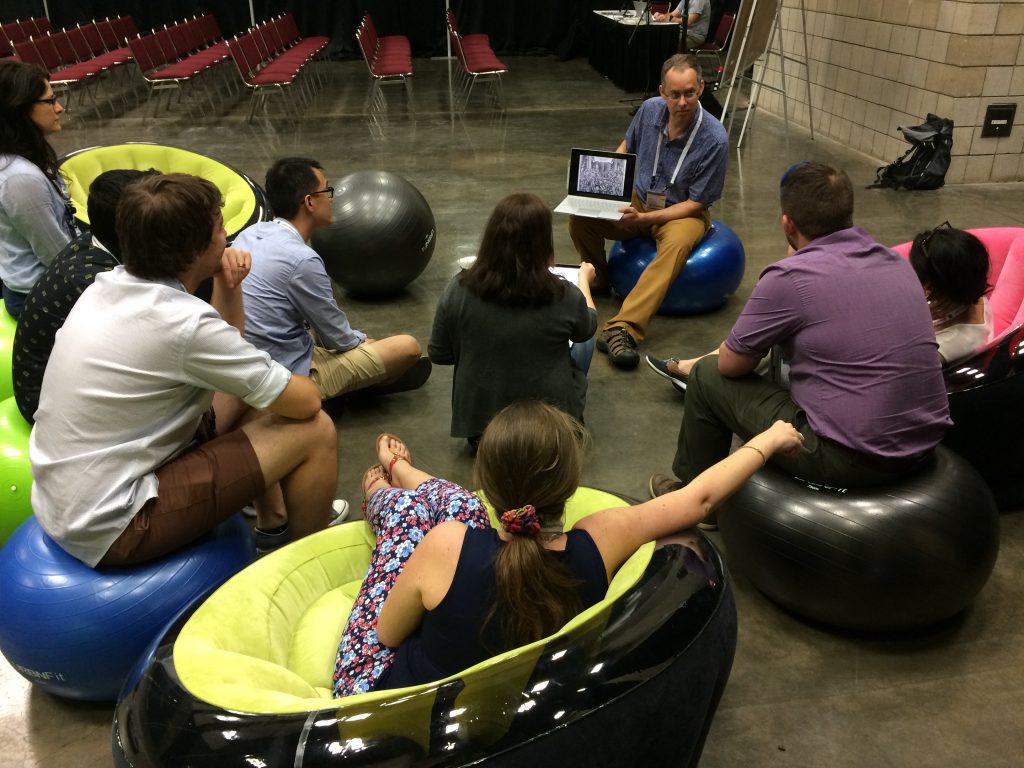
You had some big names on those panels. How did you get them involved and what was it like organising the sessions?
Phil: It was a little daunting. A few moments before the leadership panel started I had a sudden realisation that I, as a junior member of the society, was expected to chair a 7-person panel filled with the past and future legends of ISMRM. Who was I to tell them what to do? They made it incredibly easy though, especially because they were so keen to be involved. After an initial icebreaker from Karla, I sent an email to all my preferred panel members asking if they’d like to get involved. The response was overwhelming, with everyone saying yes. There was an embarrassment of riches moment when I realized we may have more speakers than audience members. However, once word got out of who was going to be there the room filled up.
Zahra: Inviting the academic panellists was easy enough as I had met two of them previously and Karla made the introduction for the third academic panellist, which was very helpful. Finding the right people in industry was a bit of a challenge, but with help from Roberta Kravitz I was able to get the right contacts and work out the details of who will be representing the industry partners on the panel. I was a bit nervous as I walked to the Resonarium to host the session on Monday; but I started feeling very comfortable once I shook hands with and introduced myself to the industry panellists, who seemed so pleased to be there. Perhaps I was not expecting the incredibly busy industry panellists to be so positive and enthusiastic. It was great to see they were every bit as excited and involved in the conversations as the wonderful panellists representing academia.
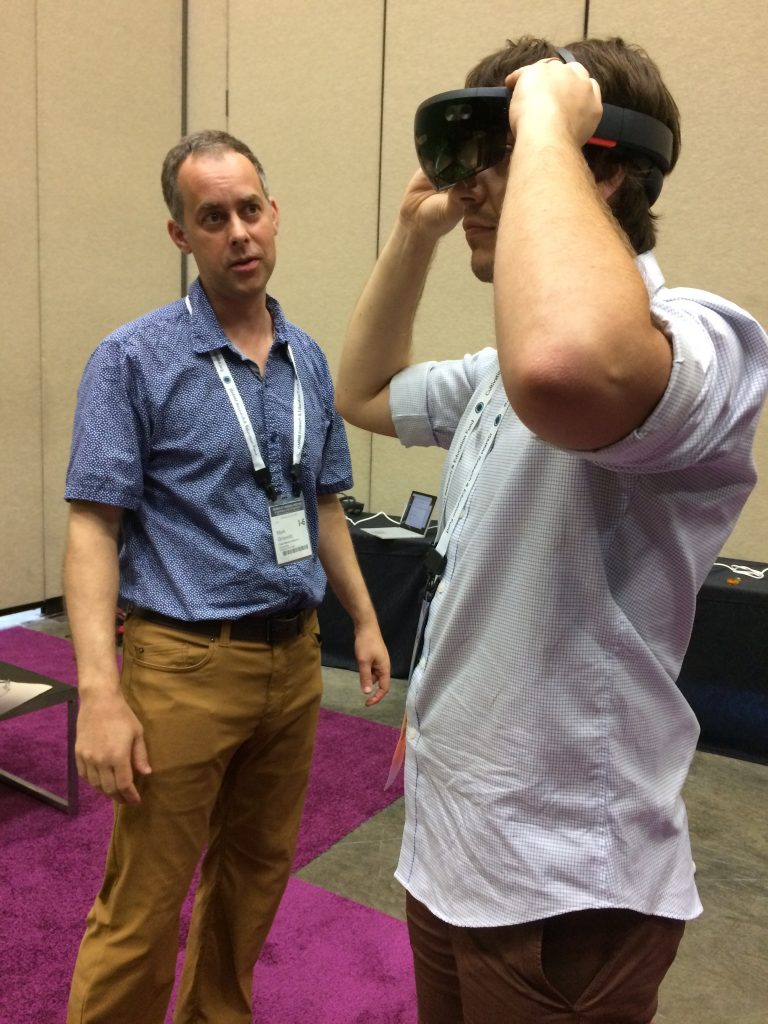
Given the high attendance, and the support from academics, clinicians and industry members, what do you see in store for next year’s ISMRM and the secret sessions?
Phil: I think they will be much bigger in Paris. This time last year, the secret sessions were just an idea that Karla had shared with a handful of people. Since Honolulu we’ve had many attendees contact us proposing topics for next year and offering to organise sessions. With events like this, the buy-in from members dictates the size, shape, and even existence.
Zahra: I’d like to see the employer panel expand and keep going in the future meetings, as I see huge value in educating our trainees to appropriately pick a career path for their future, to better themselves, and better our scientific society as a whole. On a larger scale, I agree with Phil, the number and the size of these sessions will evolve, and as more people voice their opinion about what is missing from our conference experience, more fantastic sessions will get designed. I can see some of these sessions being integrated in the main program at some point too.
What did you take away from this experience?
Phil: Firstly, just how inclusive and responsive the society can be towards junior members. I couldn’t imagine so many senior members (including chairs and gold medal winners) would fall in behind such an initiative with so much commitment and energy. It has completely changed how I view the ISMRM. I’ve also gained some confidence from taking an opportunity that was unexpected and outside of my comfort zone.
Zahra: I made so many new friends, and not just with trainees who are completing a PhD degree like myself, but also the “more important people” who I normally wouldn’t have the courage to talk to. [The people at the top are always nice and welcoming], is something Scott Reeder told us last year in Singapore and I got to experience that full scale over the past year. Another wonderful experience that I took away from my involvement in the Secret Sessions is the amazing feeling of giving back to my society. When students approached me during the rest of the conference after I ran the employers’ panel on Monday just to tell me how much they enjoyed the conversation. I don’t think any award or any other return would have made me so proud and thankful for the opportunity ISMRM gave me this year.
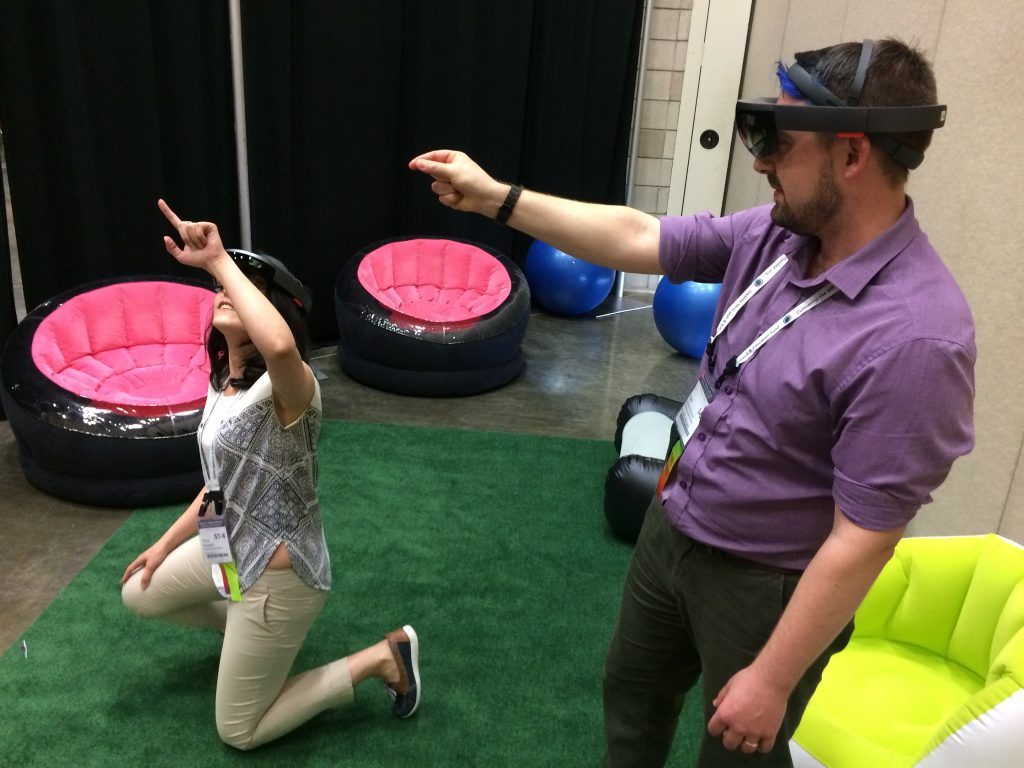
Can you give any advice for other early career members who want to get involved with the society?
Phil: Approach the people who are already involved and get on their radar. Volunteer to help wherever you can and pitch ideas when you get them. The ISMRM is a place where enthusiasm is rewarded and there are many opportunities to give something back and help grow the society.
Zahra: You are never too young or too junior to get involved and make a difference. Remember that we are all different; we each have our unique set of abilities and a part to play. Identify your talents and strength and put them to good use. Remember that what you may come short of, another person will have in excess. Identify people who can complete your ideas and collaborate with them, it will make the experience that much more special. Finally, find your passion and do the job passionately, it will make the experience much more rewarding!




